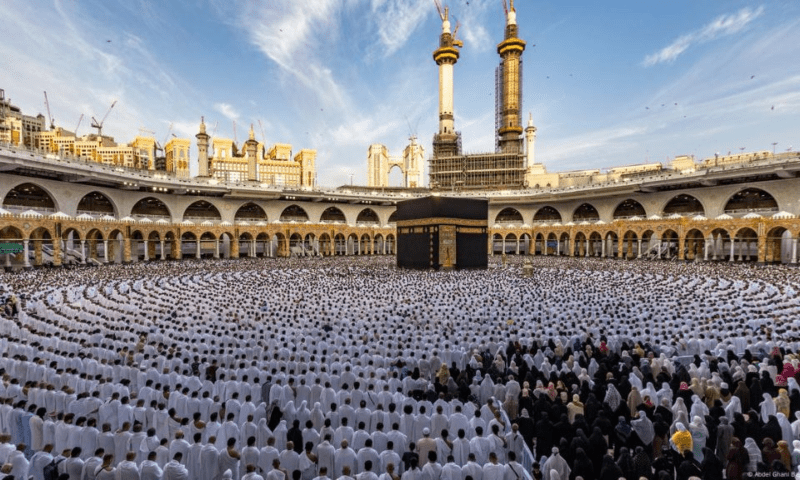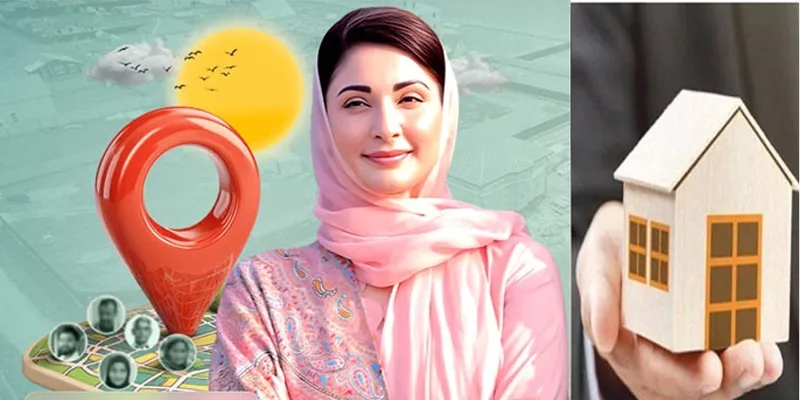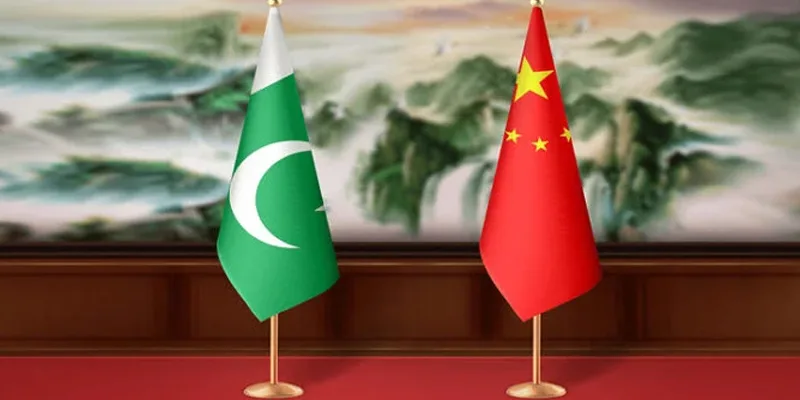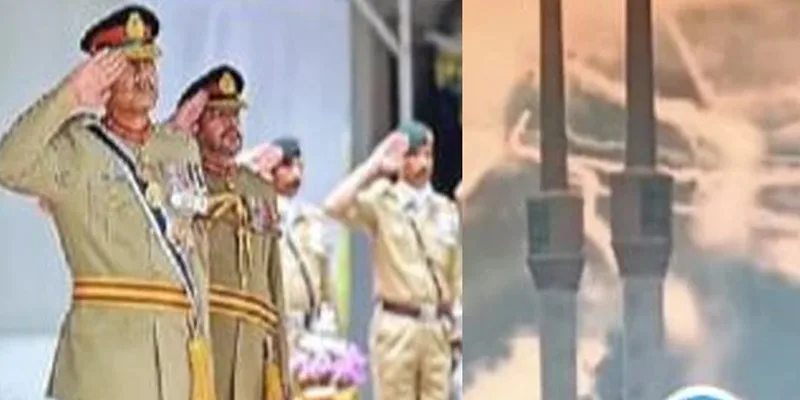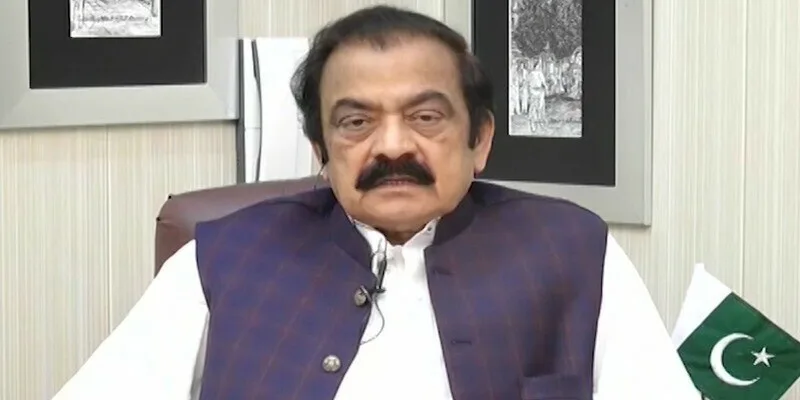
Slovenia is perhaps best known for its stunning mountain landscapes and lush green spaces, but its urban charm is equally impressive. The country’s picturesque natural beauty serves as a magnificent backdrop to its towns and cities, where human history and creativity have left a remarkable mark.
Situated at a crossroads of European history, Slovenia’s urban centers offer a rich blend of cultural influences. Venetian and Roman legacies mix seamlessly with elements of the Balkans and the clear remnants of its communist past. Since gaining independence from Yugoslavia in 1991 and joining the European Union in 2004, Slovenia’s cities have flourished with a sense of renewed confidence and investment. They stand as vibrant contrasts to the surrounding nature, with parks and rivers weaving through the urban landscape.
Ljubljana, Slovenia’s capital, is increasingly regarded as one of Europe’s best city breaks. The city offers a rich cultural and architectural tapestry, with Italianate churches, Art Nouveau gems, and Austro-Habsburg structures side by side. The charming old town, with its Baroque and medieval buildings, sits alongside the Ljubljanica River, making for a truly scenic experience. Ljubljana is sometimes compared to Prague, but it’s actually the other way around – Ljubljana’s iconic architect, Jože Plečnik, left his mark on both cities, transforming Ljubljana with his distinctive designs.
Today, Ljubljana is buzzing with energy, offering a mix of bars, cafes, and restaurants that reflect the eclectic architectural styles that define the city. Much of the city is pedestrian-friendly, encouraging visitors to relax and enjoy their surroundings. With its castles, Roman ruins, expansive parks, and a wealth of museums and galleries, Ljubljana is a city that invites exploration. A weekend visit may leave you wanting more, so it’s worth taking your time to fully experience all the city has to offer.





